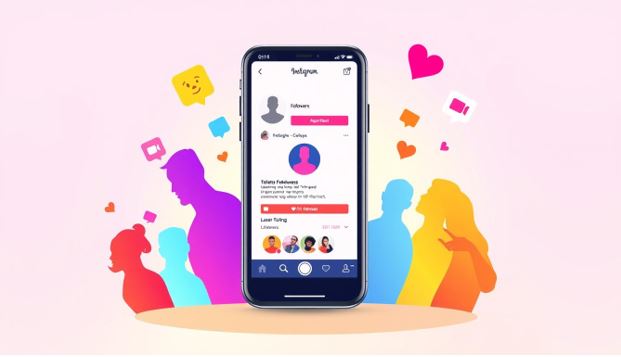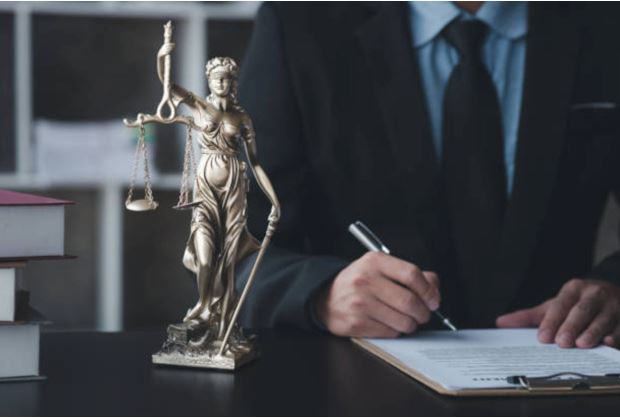Beyond the Crash: How Your Digital Footprint Affects a Car Accident Claim
Digital technology has pervaded nearly every aspect of modern life, including legal matters like car accident claims. Your digital footprint is either going to help or hurt your claim; be it the tweets and posts on social networking sites or GPS records, this digital evidence is crucial in proving fault, damages and negligence in cases.
It is important to know what to do after a car accident to protect yourself. Seeking medical care and informing authorities are vital steps, as is gathering evidence on-site. It’s also crucial to acknowledge how digital evidence plays a part in car accident claims.
In this article we explore this trend as well as steps you should take post-accident to safeguard online presences after accidents occur.
Digital Evidence in Car Accident Claims
Digital evidence has quickly become a key element in car accident claims, changing both attorneys and insurers approaches. When we speak of digital footprints, this means the data generated through interactions between devices that you interact with such as GPS tracking to social media activity.
Smartphones today record your movements automatically, which can provide a detailed account of where and how you were at the time of an accident. Furthermore, dashcams, street cameras and surveillance systems in nearby businesses may capture footage that may help establish what happened or challenge statements made by either party involved in an incident. As technology continues to develop and change the legal landscape, digital records may play an increasingly vital role in supporting or refuting claims in car accident cases.
How Social Media Posts Can Undermine Your Claim
Once involved in an auto accident, it can be tempting to post updates about what has transpired via social media platforms – which could potentially harm your claim for compensation. But insurance companies and attorneys representing opposing parties often closely monitor such posts in search of evidence which might disprove injury claims made against claimants – even harmless posts like photos with friends enjoying themselves outing or comments suggesting your injuries might not be as severe.
Privacy settings do not provide absolute protection: lawyers may request access to your social media profiles during discovery, while courts can order the release of private messages or posts relevant to a case. Therefore, it’s best not to post anything related to accidents on social media altogether and refrain from commenting on your health, recovery or the accident itself – always consult your attorney first before posting anything online so as to ensure nothing can be used against you in court proceedings.
Mobile and GPS Data in Car Accident Cases
Smartphones and vehicle GPS systems have become a go-to source for crucial evidence in car accident cases. GPS data provides an accurate picture of your location, speed and travel routes at the time of an incident; its findings could either bolster or refute your account of events; its presence could provide crucial proof in liability or fault investigations.
Mobile phone records can also be used as evidence against negligent drivers to prove or disprove claims of distracted driving. If it’s suspected that texting or phone usage led to an accident, mobile phone logs can help determine this fact. These technologies may provide powerful support for your side of the argument but if contradictory data emerges they could work against you as well. Thus, it is vitally important to be mindful about how digital devices may be utilized during any court proceedings involving them.
Surveillance and Dashcam Footage: Strengthening or Weakening Your Claim
Digital surveillance and dashcam footage have become an essential factor in car accident claims. More drivers are opting to use dashcams, while surveillance cameras have become widespread across cities and towns alike – businesses, traffic lights, and residential homes often possessing cameras which may capture an accident as it occurs, providing evidence to either establish fault or document its sequence of events.
Dashcam or surveillance footage can be both corroborating and disconfirming of your account of what transpired during an incident, depending on which side is in the wrong. Therefore, it’s critical that you partner with a lawyer who can obtain and carefully examine any footage available – improper use could actually bolster rather than help your case.
How to Protect Your Digital Footprint Post-Accident
After an auto accident, protecting your digital footprint is just as essential to protecting physical evidence. One effective method for doing this is limiting or forgoing social media use altogether; even posts seemingly unrelated can be scrutinized and taken out of context by insurance companies – posting pictures of physical activities could be used against you as evidence that injuries weren’t as severe. Even if such activities took place prior to or during recovery under medical supervision.
Adjusting your privacy settings may help protect you, but this cannot provide 100% assurance. For the safest approach, avoid posting about the accident and its injuries altogether on social media or elsewhere online. Involve your attorney when reviewing digital communications or data that could be relevant to your case; they can advise on ways to shield online presences against being used against them.
Legal Expertise in Handling Digital Evidence
As an increasingly larger portion of evidence is digital in nature, having legal support to help manage the issue is more crucial today than ever before. An experienced personal injury lawyer will be fully aware of all relevant tactics of how to gather, analyze, and leverage any digital evidence for your benefit such as GPS records, phone data, or social media interaction.
An essential aspect of this process involves knowing when and how to challenge digital evidence presented by the opposing side.
Your attorney could, for instance, challenge GPS data as inaccurate or social media posts taken out of context – expertise like this is essential in today’s tech-driven society where your online activity could significantly change the outcome of your case.
Future Trends: The Emergence of Digital Evidence in Legal Claims
Going forward, digital evidence in car accident claims is only going to become increasingly prominent. Technologies such as artificial intelligence (AI) and data analytics have already made rapid analysis possible on large amounts of digital information quickly – helping establish fault or disprove fraudulent claims with ease.
As these technologies advance further they will become even more integral parts of personal injury cases, providing both opportunities and challenges to claimants alike.
Concurrently, privacy concerns will also likely grow as our information increasingly moves online. With more of our personal details being used as digital evidence in car accident claims, legal protections will likely need to be put in place in order to ensure its use fairly and ethically. It’s therefore imperative that legal professionals as well as accident victims remain up-to-date about these changes to ensure digital evidence is used fairly and ethically when filing cases.
Conclusion
Our increasingly digital world puts your online activity and digital footprint into sharp focus during a car accident claim. From social media posts to GPS tracking data and surveillance footage, digital evidence plays a crucial role in establishing fault, liability and compensation.
To safeguard yourself it’s vitally important that you become aware of how digital evidence could be used against you; also consult a knowledgeable attorney who specializes in digital evidence matters for assistance when necessary.
By taking steps to safeguard your digital footprint and working alongside legal professionals you can ensure the most successful result for your claim outcome.




